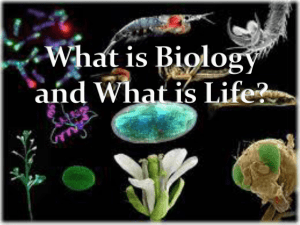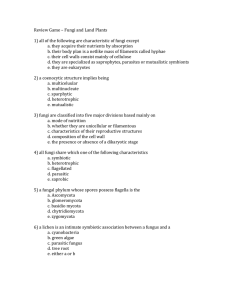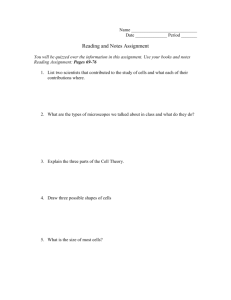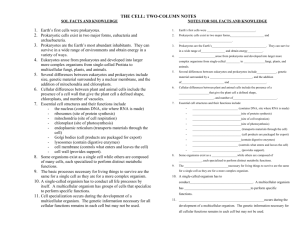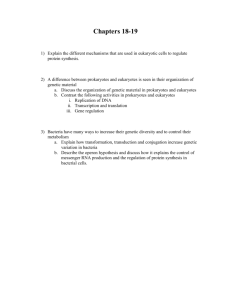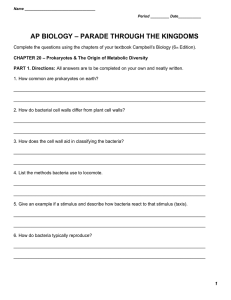Biology 11 Exam Review January 2015
advertisement
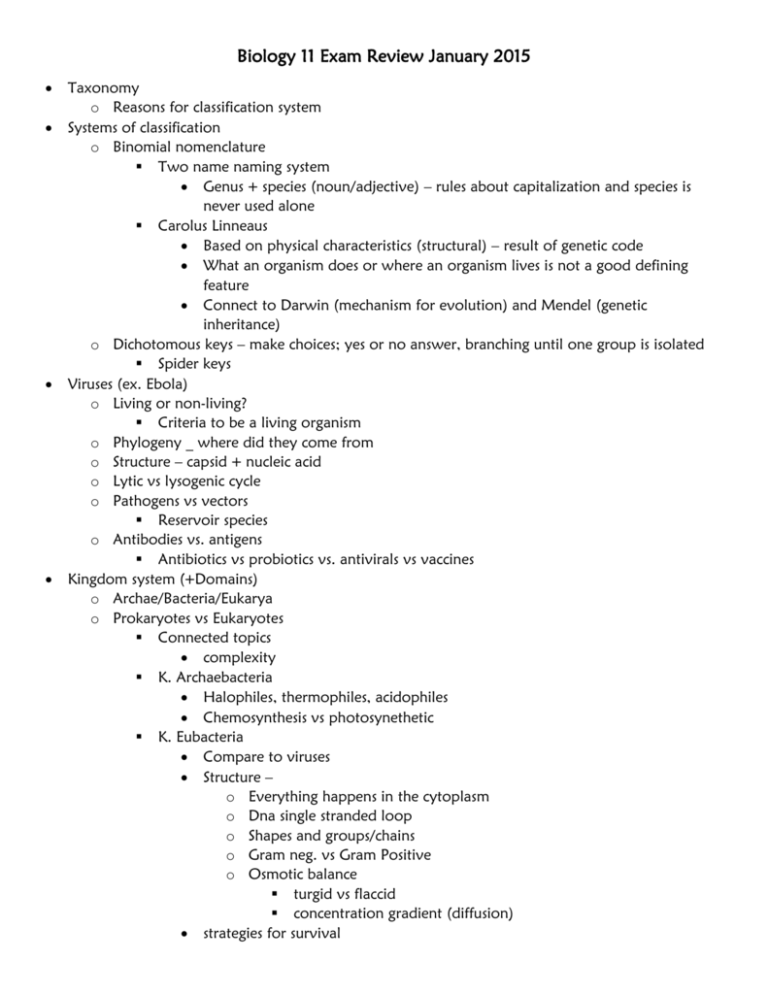
Biology 11 Exam Review January 2015 Taxonomy o Reasons for classification system Systems of classification o Binomial nomenclature Two name naming system Genus + species (noun/adjective) – rules about capitalization and species is never used alone Carolus Linneaus Based on physical characteristics (structural) – result of genetic code What an organism does or where an organism lives is not a good defining feature Connect to Darwin (mechanism for evolution) and Mendel (genetic inheritance) o Dichotomous keys – make choices; yes or no answer, branching until one group is isolated Spider keys Viruses (ex. Ebola) o Living or non-living? Criteria to be a living organism o Phylogeny _ where did they come from o Structure – capsid + nucleic acid o Lytic vs lysogenic cycle o Pathogens vs vectors Reservoir species o Antibodies vs. antigens Antibiotics vs probiotics vs. antivirals vs vaccines Kingdom system (+Domains) o Archae/Bacteria/Eukarya o Prokaryotes vs Eukaryotes Connected topics complexity K. Archaebacteria Halophiles, thermophiles, acidophiles Chemosynthesis vs photosynethetic K. Eubacteria Compare to viruses Structure – o Everything happens in the cytoplasm o Dna single stranded loop o Shapes and groups/chains o Gram neg. vs Gram Positive o Osmotic balance turgid vs flaccid concentration gradient (diffusion) strategies for survival o food preservation o aerobic vs anaerobic respiration aerobes vs obligate aerobes vs facultative anaerobe reproduction o mitosis vs meiosis binary fission cell cycle o ways to affect genetic variation without reproduction transduction; conjugation; competence K. Protista Know your own protist project Phylogeny o Why is it bigger than a bacteria? Eukaryotes Internal organelles Complexity and specialization o Symbiosis Two prokaryotes Protists with other organisms Mutualism, commensalism, parasitism Plant like vs animal like vs fungi like + exceptions (ex. Euglenoids) o Classification (reasons) o Uni- vs multi- cellular Reproduction Survival strategies in unfavourable conditions Nutrition o Endocytosis vs Exocytosis Pinocytosis vs phagocytosis K. Fungi Structure o Hyphae mycelia o Fruiting bodies and spores o Septate or nonseptate o Gametophore, sporangiophore, stolon, cap, gills, Nutrition o decomposers Saprozoic 4 kinds o Basidiomycota, Ascomycota, zygomycota, (chitridiamycota) Recognize a representative organism Life cycle o Dikaryotic or multikaryotic o Alternation of generations Haploid vs diploid stages Gametophyte vs sporophyte o Where/when does mitosis happen? Meiosis? Sexual vs asexual Fusion, germination, K. Plantae Why aren’t fungi plants? How did plants evolve to survive on land? K. Animalia Photosynthesis/Cellular Respiration o Evidence that chloroplasts and mitochondria were once independent prokaryotes o

